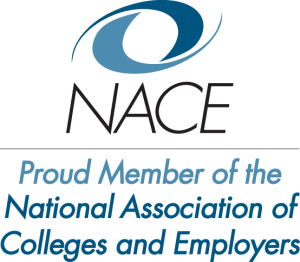Holland’s Interest Inventory: Finding the Right One
Defining Interests
Holland’s Interest Inventory starts with your interests. Interests represent preferences for certain types of tasks of work activities. They are what keep us motivated and energized. With a firm understanding of our interests, we can pursue enjoyment and satisfaction within our lives as well as our careers.
The primary model for categorizing and understanding individuals’ interests is John Holland’s Theory of Vocational Types, often referred to as the RIASEC model, Holland’s interest inventory, or Holland’s interest codes (among many others).
Holland’s Framework
Holland’s framework is the most widely-accepted model of interests among educators, professionals, and researchers in the fields of vocational psychology and career discernment. Holland’s model identifies six dimensions, or interests, that guide us in identifying our preferences and understanding what types of careers can satisfy various interests.
The Six Dimensions
- Realistic – likes mechanical activities, athletics, working with your hands, being outdoors, getting dirt in your fingernails.
- Investigative – enjoys asking intellectual questions, investigating answers to those questions, using scientific methods.
- Artistic – seeks opportunities for self-expression, writing, music, drama, dance, and enjoys a lack of clear procedures.
- Social – likes to help others, teach, guide, counsel, and being of service to others.
- Enterprising – persuading, leading, risk-taking and action-oriented.
- Conventional – organized, detail-oriented, flows rules and procedures, works with data.
Greater Satisfaction and Success
Choosing a career that matches your interests is critical for job satisfaction and finding meaning in your work. Also, Holland’s career choice theory suggests that individuals whose work is aligned with their own interests experience greater satisfaction and success. Interest congruence has been shown to be a predictor of student success as well as career success.
Most individuals can be classified as having 2-3 primary interests which describe their overall preferences, referred to as one’s interest code or RIASEC code. Certain code combinations are more common than others.

How do I know what my primary interests are?
Interests are measured through assessments which ask individuals about their preferences regarding certain activities and identify patterns within their answers.
If you’re looking for an online Holland’s interest inventory, you’re in luck. With a quick search, you will find plenty of resources on the internet offering assessments to identify your unique pattern of interests.
However – while most of these assessments do provide results related to the RIASEC framework, the quality and accuracy of these assessments vary greatly.
An accurate assessment of one’s interests is crucial when using such information to drive decisions around education and career opportunities.
How can I tell a good Holland’s Interest Inventory from a bad one?
The quality of Holland’s interest inventory is discernable by its reliability (i.e., accuracy and consistency). While the quality of an assessment might not be readily apparent to all assessment-takers – there are some tips for identifying bad assessments.
- An interest assessment that asks you only six questions means there is only one item per interest dimension and is unlikely to be a reliable measure of your interests.
- Our interests tend to be stable over time, especially after about 16 years old, so if you take an interest assessment multiple times and receive inconsistent results this can be a sign of a poor measure – not rapidly shifting interests.
Going Beyond Holland’s Interest Inventory
Some assessments simply tell you your results (i.e., top interest or top 2-3 interests). Some provide robust matching algorithms that identify alignment between your scores and education and career pathways. For example, PathwayU goes beyond interests, providing users with additional measures of values, personality, and workplace preferences – all which can contribute to informed career choice.
-1.png?width=288&height=67&name=PathwayU_PGLogo%20(1)-1.png)



